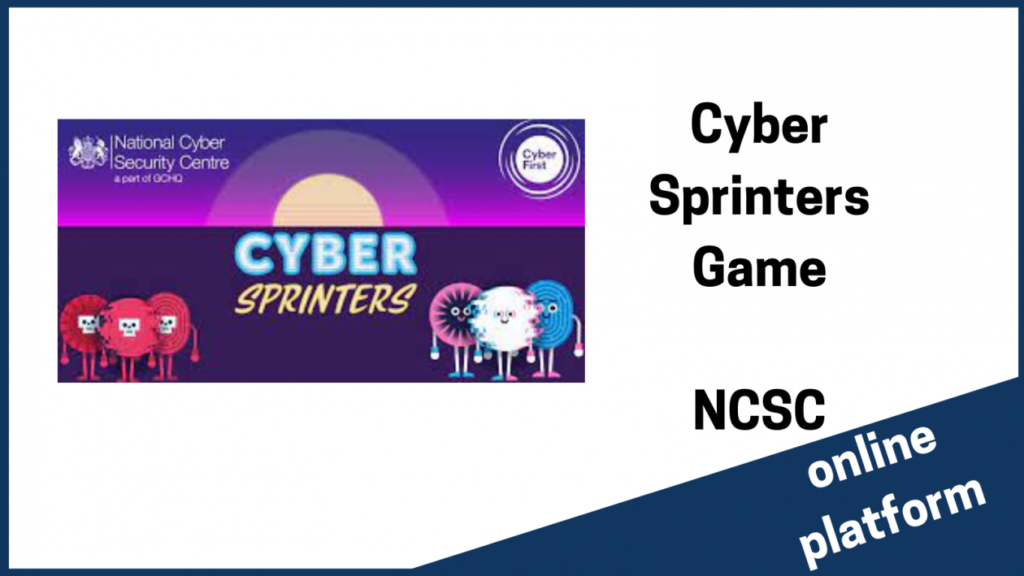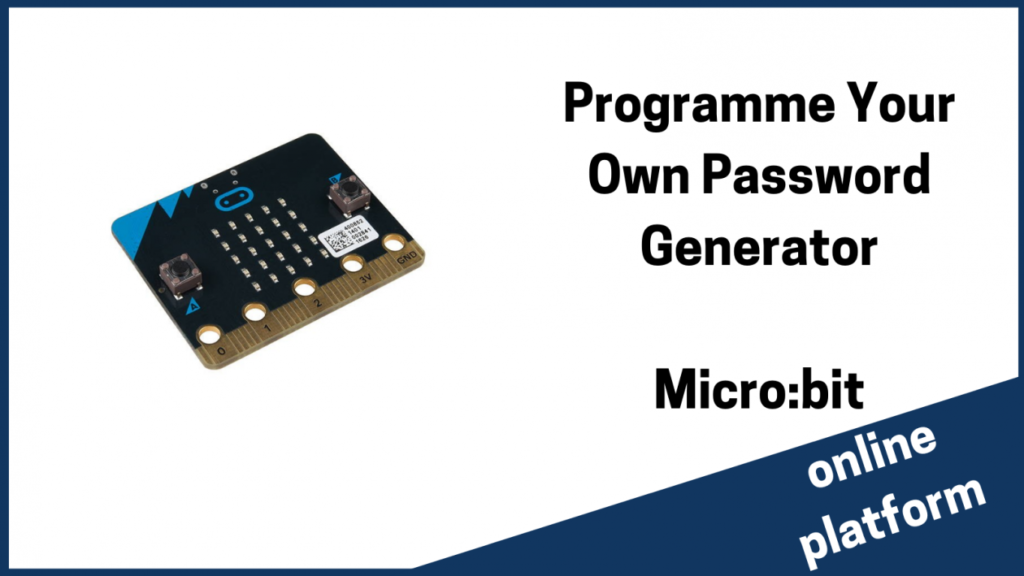Resources and information
This activity from Screen Scotland helps learners analyse and evaluate the purpose and content of videos, like they might do with a book in class: YouTube questions
This page from Internet Matters further explores and explains the potential issue of inappropriate content: What parents need to know about inappropriate content | Internet Matters
This video from BBC Own It explores the reasons that certain content may be suggested on platforms: Joe Tasker: why am I being suggested weird videos? – Own It – BBC
Inappropriate content is subjective to the user and learners may feel that something is offensive or inappropriate because it seems unfair or untrue. There are several fact-checking websites and services, but these are a few reputable ones:
There is also a section on information literacy and tackling misinformation on this section of the site:






















